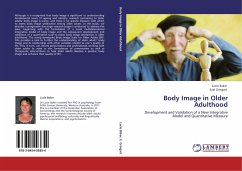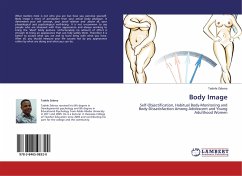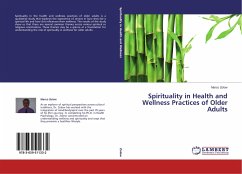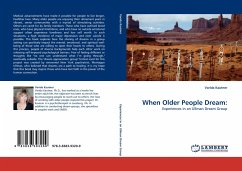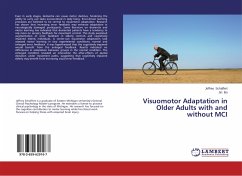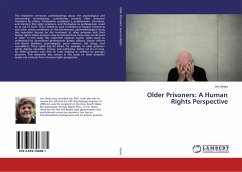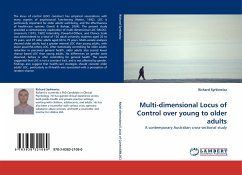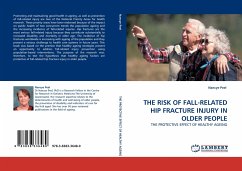Although it is recognised that body image is significant to understanding fundamental issues of ageing and identity, research pertaining to older adults body image is scarce, and there is no specific measure with which to assess body image satisfaction among older adults. In this book, we describe a progressive five-stage research project conducted to address this issue, beginning with the formulation of a novel multidimensional integrative model of body image and the subsequent development and validation of a quantitative scale to assess body image satisfaction in older adulthood. The newly developed Body Image Scale for Older Adults (BIS-OA) provides a tool to further the understanding of older adults body image and its relationship with other variables related to one s quality of life. This, in turn, can inform policy-makers and professionals working with older adults to assist in the formulation of preventative as well as therapeutic interventions to help older adults developa positive body image and enhance their quality of life.
Bitte wählen Sie Ihr Anliegen aus.
Rechnungen
Retourenschein anfordern
Bestellstatus
Storno

